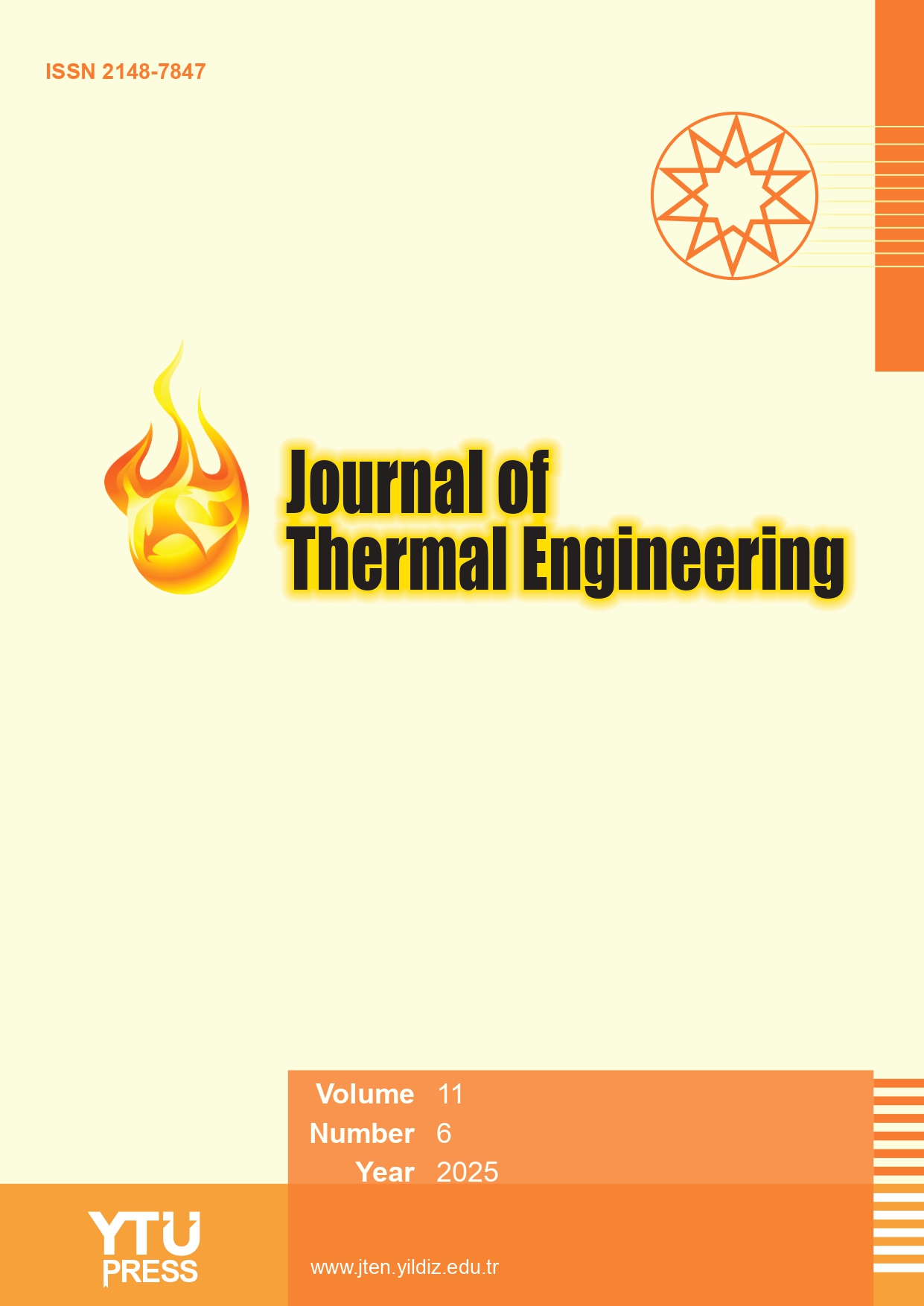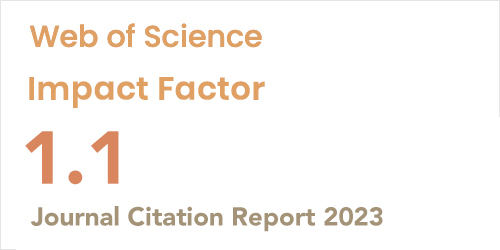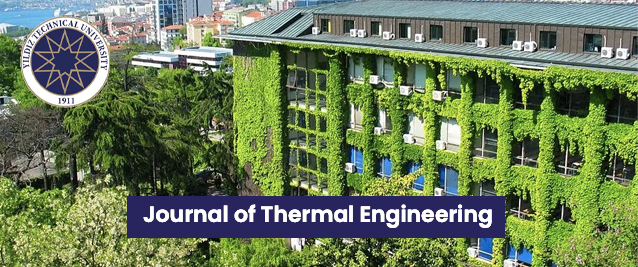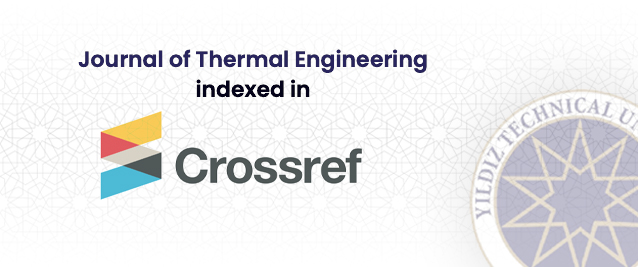2Department of Mechanical Engineering, New Prince Shri Bhavani College of Engineering and Technology, Chennai, Tamilnadu, 600073, India
3Department of Mechanical Engineering, Annamalai University, Annamalainagar ,608 002, Tamilnadu, India; Hexaware Technologies, Pallikaranai, Chennai, Tamilnadu 600129, India
Abstract
This study evaluates the performance of three solar still configurations: the conventional solar still, pyramid solar still with fins, and pyramid solar still with fins covered in black cotton cloth. These configurations were tested under identical summer conditions, comparing absorber, glass, and water temperatures, and the quantity of potable water collected. The novelty of the study lies in the integration of the design elements to maximize thermal efficiency and freshwater yield. The pyramid solar still with fins covered in black cotton cloth model demonstrated the highest efficiency, producing four liters of water, followed by the pyramid solar still with fins. The enhanced performance of the pyramid solar still with fins covered in black cotton cloth is attributed to improved heat absorption and transfer due to the fins and black cotton cloth. Additionally, a Deep Neural Network model was developed in Python to predict temperatures and water yield, achieving an R-square value of 0.96. This novel integration of experimental analysis with Artificial Intelligence based prediction demonstrates the potential for optimizing solar still performance offering a scalable and sustainable solution for seawater conversion, particularly in remote or arid region























